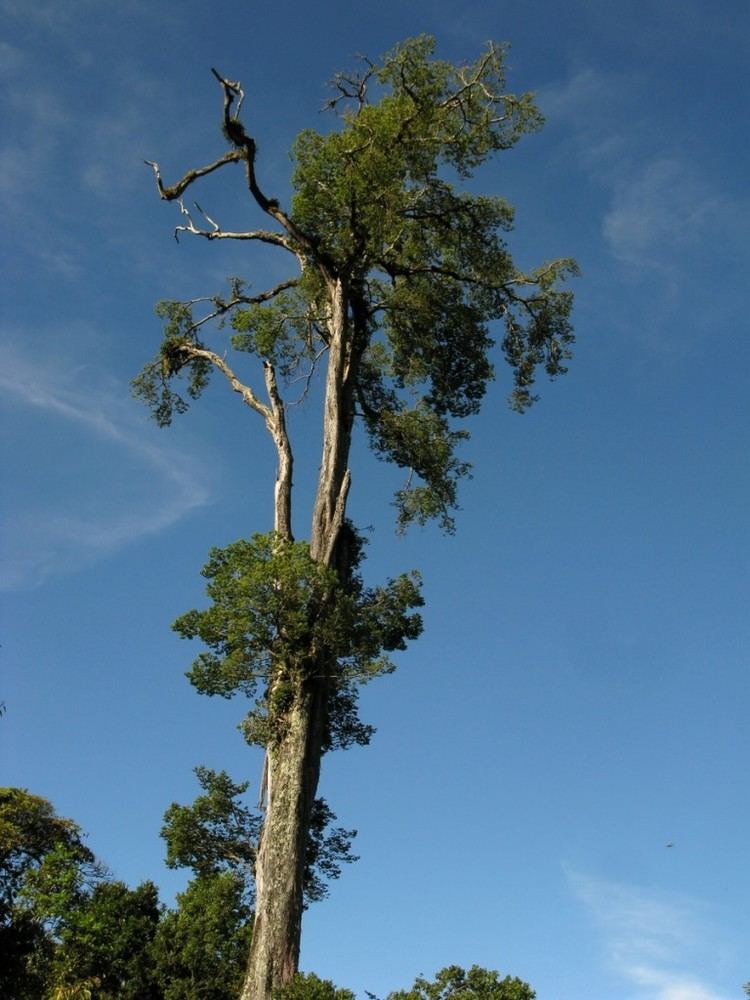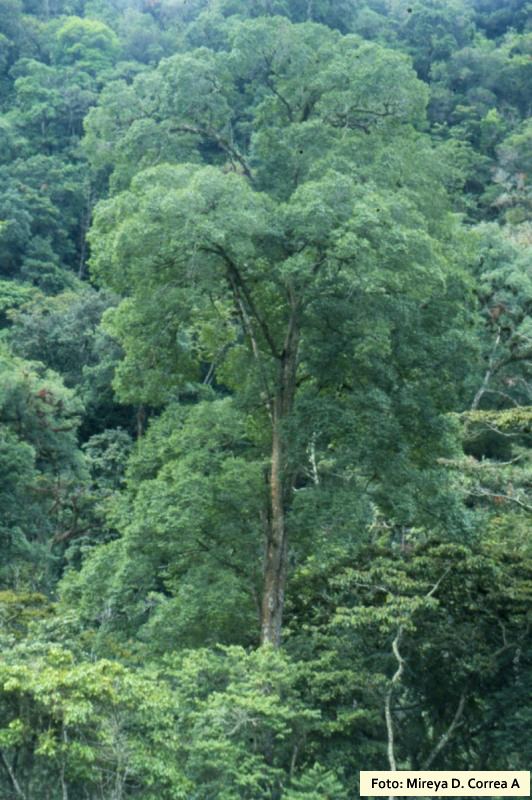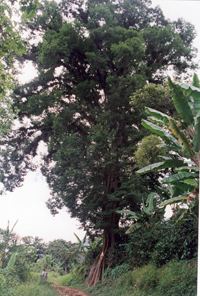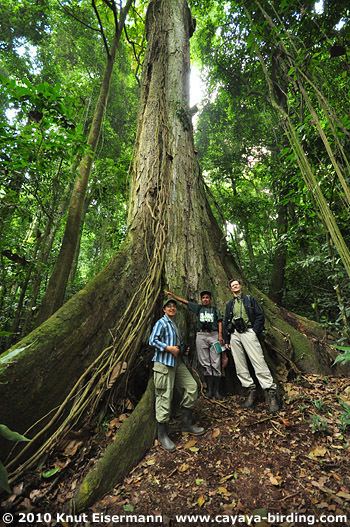Scientific name Ulmus mexicana | Genus Ulmus Rank Species | |
 | ||
Similar Ulmus microcarpa, Ulmus bergmanniana, Ulmus castaneifolia, Ulmus changii, Ulmus szechuanica | ||
Ulmus mexicana , the Mexican elm, is a large tree endemic to Mexico and Central America. It is most commonly found in cloud forest and the higher elevations (800–2200 m) of tropical rain forest with precipitation levels of 2–4 m per annum, ranging from San Luis Potosi south to Chiapas in Mexico, and from Guatemala to Panama beyond. Natural regeneration is poor. The tree was first described botanically in 1873.
Contents

Description

Ulmus mexicana is probably the tallest of all the elm species, occasionally reaching a height of 84 m (273 feet), and a d.b.h. of 2.5 m (8 feet), certainly one of the tallest trees in Mexico. The tree is also distinguished by its deeply fluted grey trunk, supporting a deep crown, its dense foliage casting a heavy shadow. The leaves vary widely in size from 3–16 cm in length by 2–7 cm breadth, elliptic to obovate, surface glossy, but dull on the underside, with petioles 5–10 mm long. The tree has distinctive racemose inflorescences up to 7 cm in length comprising nine clusters of 40 perfect apetalous wind-pollinated flowers which emerge between December and February. The small samarae, 9.0 × 2.3 mm, are covered with long straight hairs, and are shed in March [2].
Cultivation

The tree is not known to be hardy in Europe; a specimen planted at the Cambridge University Botanic Garden in England in 1978 died for reasons unknown. One tree is known to exist in Australia (see Accessions). There are no known cultivars of this taxon, nor is it known to be in commerce.
Uses

Although much of its natural range is threatened by deforestation, the tree is singularly unpopular in the timber trade on account of its deeply fluted trunk, and thus not considered a threatened species. The timber is hard and heavy (Gs 0.55), but difficult to dry, and can warp badly. Moreover, its high silica content (0.35) damages tools. The wood is used for tools, furniture, and floors, whilst the foliage is commonly used as fodder for cattle. The tree is occasionally planted for shade or ornamentation.
Etymology

In Costa Rica the Mexican Elm is known as Tirrá; the neighbourhood (district) of Tirrases in Curridabat, San José, takes its name from the tree.
Accessions





